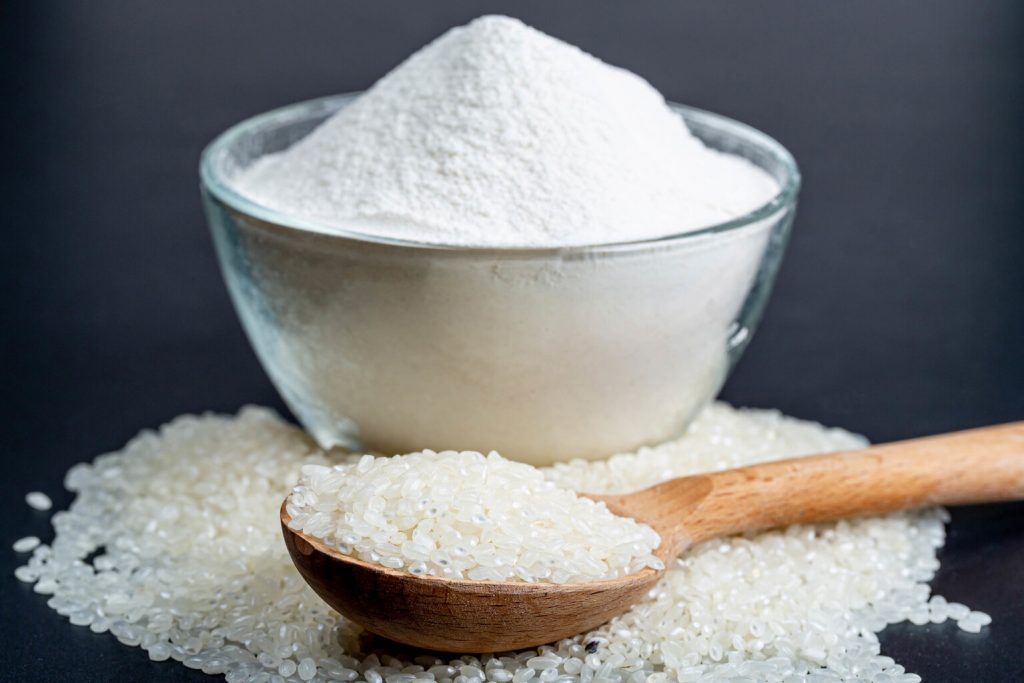Embrace Transparency and Health with Soluble Rice Flour: A Clean Label Tapioca Maltodextrin Alternative
In today’s food industry, consumer demands for transparency and healthier options are stronger than ever. Manufacturers are constantly seeking clean label alternatives to meet these expectations. One such alternative that stands out is Soluble Rice Flour, a versatile ingredient that offers excellent texture enhancement and bulking properties. This blog post will explore why Soluble Rice Flour is an ideal clean label tapioca maltodextrin alternative, enabling food manufacturers in the US to cater to evolving consumer preferences.
Understanding the Need for Clean Label Tapioca Maltodextrin Alternatives
Clean label products have gained significant traction among consumers who prioritize wholesome and transparent food choices. Tapioca maltodextrin, a commonly used food ingredient, has raised concerns due to its highly processed nature and potential adverse effects on health. As a result, food manufacturers are actively seeking alternatives that align with clean label requirements without compromising on functionality and quality.
Introducing Soluble Rice Flour
Soluble Rice Flour is an innovative ingredient that provides an excellent solution to the clean label tapioca maltodextrin alternative dilemma. Derived from rice, a staple crop, it offers a natural and minimally processed option for enhancing texture and providing bulk in various food products. Soluble Rice Flour boasts a neutral taste profile, making it suitable for a wide range of applications while maintaining the integrity of the original flavors.
Exceptional Texture Enhancement and Bulking Properties
One of the key reasons why Soluble Rice Flour is gaining popularity as a clean label tapioca maltodextrin alternative is its remarkable texture enhancement and bulking properties. When used in formulations, it contributes to improved mouthfeel, creaminess, and stability, offering a satisfying sensory experience to consumers. Moreover, its ability to retain moisture and stabilize emulsions adds to the overall quality and shelf life of food products.
Versatility Across Food Categories
Soluble Rice Flour’s versatility is another factor that sets it apart as a clean label alternative. This ingredient finds application in various food categories, including bakery, dairy, soups, sauces, dressings, and more. It can be utilized as a thickening agent, emulsifier, stabilizer, or even as a gluten-free flour replacement. Manufacturers have the freedom to explore creative formulations and meet diverse consumer demands while staying true to clean label principles.
Embracing Consumer Demands and Transparency
As consumer awareness and consciousness regarding food ingredients continue to grow, it is crucial for manufacturers to meet these evolving demands. By using Soluble Rice Flour, food manufacturers can provide clean label alternatives that are transparent, natural, and healthier. With Soluble Rice Flour, they can assure their customers that the ingredients used in their products align with clean label expectations without compromising on taste or functionality.
Benefits of Soluble Rice Flour
Soluble Rice Flour offers several benefits as a clean label tapioca maltodextrin alternative. Firstly, it is gluten-free, making it suitable for individuals with gluten sensitivities or those following a gluten-free diet. Secondly, it has a low glycemic index, making it a favorable option for individuals concerned about blood sugar control. Additionally, Soluble Rice Flour contains essential nutrients such as vitamins and minerals, further enhancing its appeal as a healthier alternative.
Incorporating Soluble Rice Flour in Formulations
Food manufacturers can seamlessly incorporate Soluble Rice Flour into their formulations. Its fine texture and excellent dispersibility allow for easy integration into a wide range of products. Whether it’s a creamy dessert, a thick and rich sauce, or a velvety soup, Soluble Rice Flour can deliver the desired consistency and texture while maintaining clean label standards. Manufacturers can experiment with different ratios and applications to achieve optimal results.
Meeting Consumer Expectations
By embracing Soluble Rice Flour as a clean label tapioca maltodextrin alternative, food manufacturers can meet the expectations of consumers seeking transparency and healthier options. They can proudly label their products as “clean” and “natural,” gaining the trust and loyalty of health-conscious consumers. This strategic move not only aligns with current market trends but also positions the brand as a leader in catering to the evolving needs of consumers.
Conclusion
Soluble Rice Flour presents an ideal clean label tapioca maltodextrin alternative for food manufacturers in the US. Its exceptional texture enhancement and bulking properties, coupled with its versatility across food categories, make it a valuable ingredient for creating clean label products. By embracing Soluble Rice Flour, manufacturers can address consumer demands for transparency and healthier options while maintaining the desired sensory experience and consistency in their food products. It is time to consider Soluble Rice Flour as a superior clean label alternative to tapioca maltodextrin and cater to the ever-changing needs of consumers.




